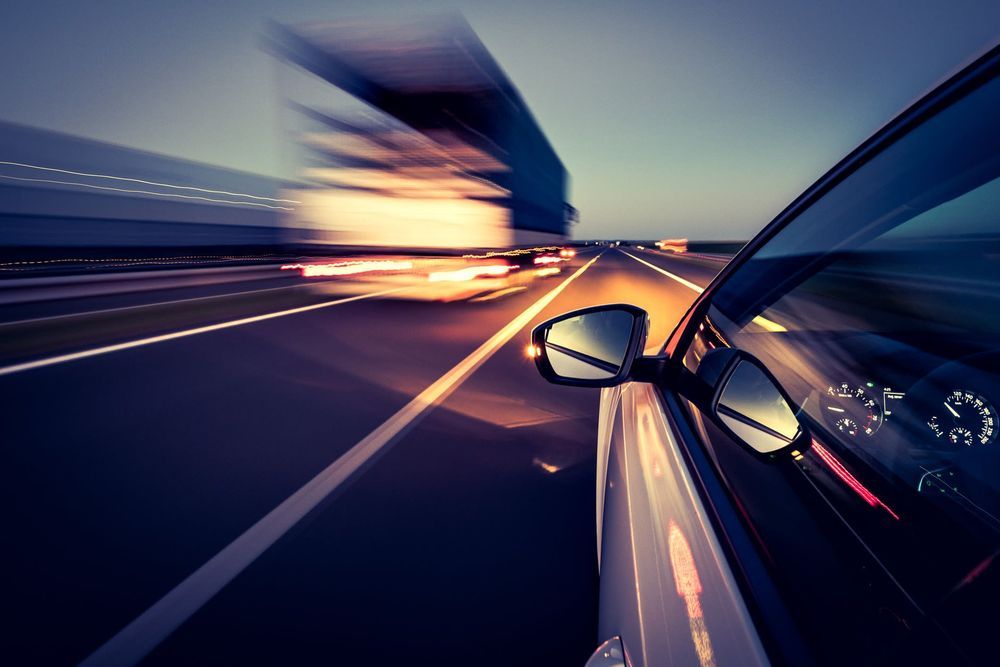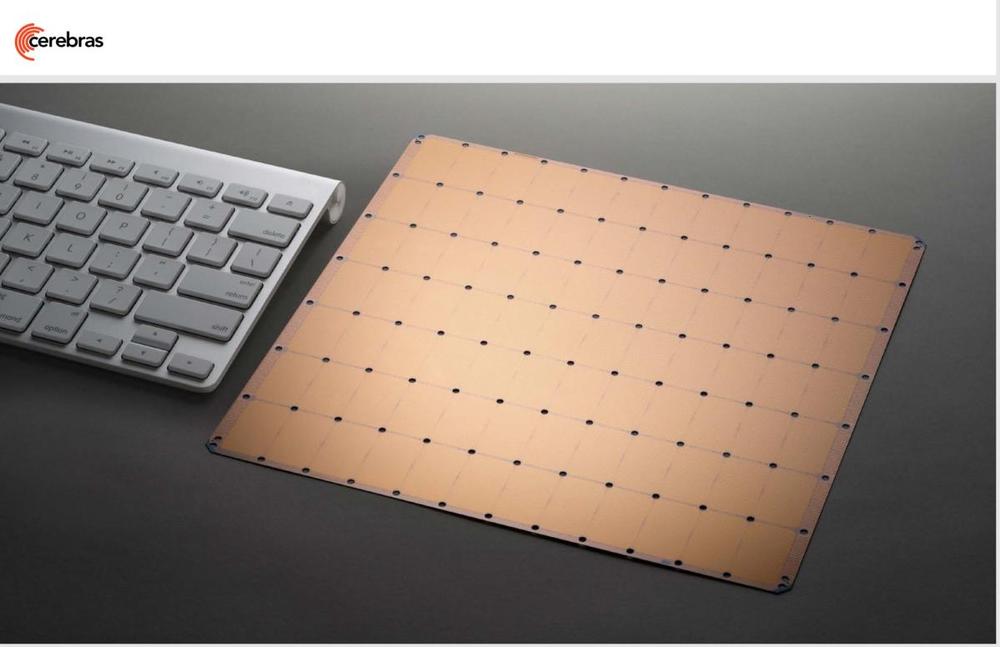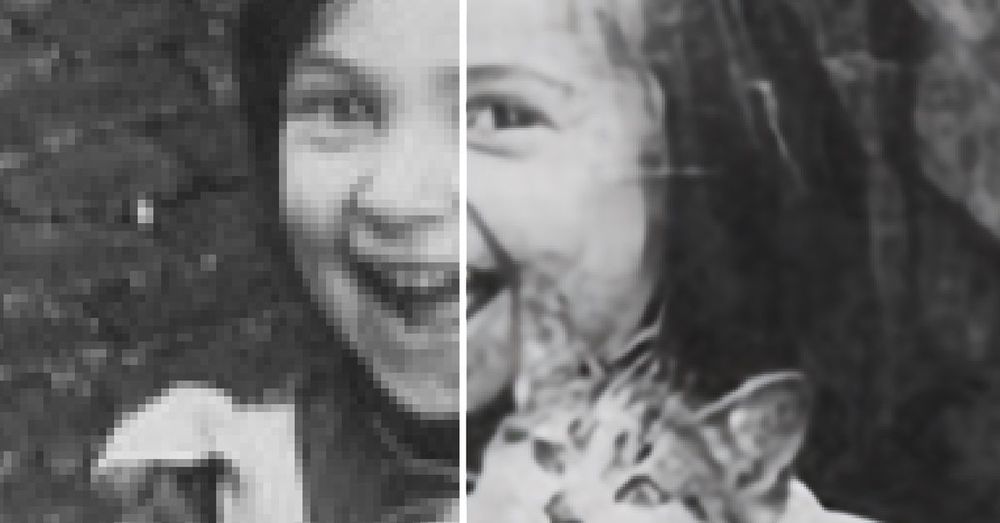Category: robotics/AI – Page 2,193

Intel Acquires Artificial Intelligence Chip Maker Habana for $2 Billion
Given that opportunity, the acquisition of Habana is only a component of a wide attack on the market and that it’s not clear how it fits with the other acquisitions and projects, the initial response to the Habana acquisition should be a shrug. Intel is like a VC firm in that it only needs one of the multiple initiatives to hit in order to end up in the black.



Bosch develops A.I. system in cars to detect distracted, tired drivers
As the cars we drive become increasingly sophisticated, the technology that underpins them poses a unique set of challenges.
“Currently, technology is more likely to create distractions in vehicles than it is to combat it,” Alain Dunoyer, SBD Automotive’s head of autonomous research and consulting, said in a statement sent to CNBC via email earlier this month.
“These days, cars have a shopping list of features which has led to tasks that were historically quite simple becoming drastically more complicated and distracting,” he added.

Watch the First Commercial Self-Flying Helicopter Take Off
Rather than representing an entirely different take on the flying car, the helicopter’s new brains are more equivalent to the “self-driving” features you see in contemporary cars — an effort to make vehicles safer and more accessible than ever before.
“Today, we design our lives around traffic and make decisions about where we live and work based on how hard it is to get there,” Mark Groden, Skyryse CEO and founder, said in a statement. “To get there, we need to make urban flying as safe as riding an elevator and as accessible and affordable as riding a bus.”
The technology behind the feat called “Flight Stack” allows for either full or partial autonomous flight — think of it like cruise control on a car.


Discovery reveals tractionless motion is possible
In an article published in Physical Review Letters, Bristol scientists have answered the fundamental question: “Is it possible to move without exerting force on the environment?”, by describing the tractionless self-propulsion of active matter.
Understanding how cells move autonomously is a fundamental question for both biologists and physicists.
Experiments on cell motility are commonly done by looking at the motion of a cell on a glass slide under a microscope.

Intel buys AI chipmaker Habana for $2 billion
Intel this morning issued a statement noting that it has picked up Israeli AI chipmaker Habana Labs. The deal, valued at around $2 billion, is the latest piece of some hefty investments in artificial intelligence that include names like Nervana Systems and Movidius.
In July, Habana announced its Gaudi AI training processor, which the Tel Aviv startup promised was capable of beating GPU-based systems by 4x. The company has been rumored to be a target for an Intel acquisition for a while now, as Intel looks to get out in front of the AI market. The company clearly doesn’t want to repeat past mistakes like missing the boat on mobile.
So far, the strategy looks like it just may pay off, giving Intel a marked advantage in a category it notes will be worth around $24 billion by 2024. In 2019 alone, Intel notes, the company expects to generate in excess of $3.5 billion in “AI-driven revenue,” a 20% increase over the year prior.